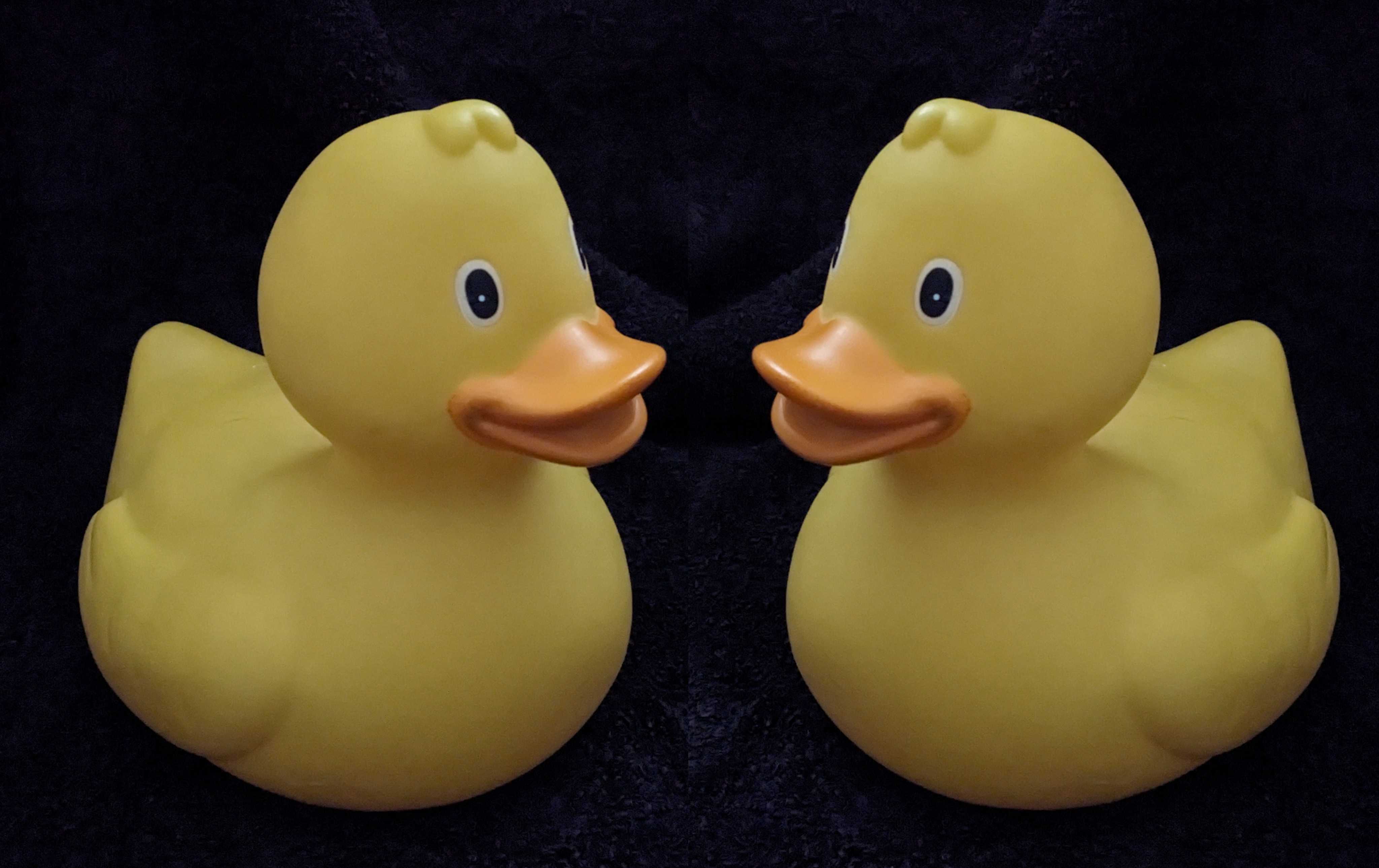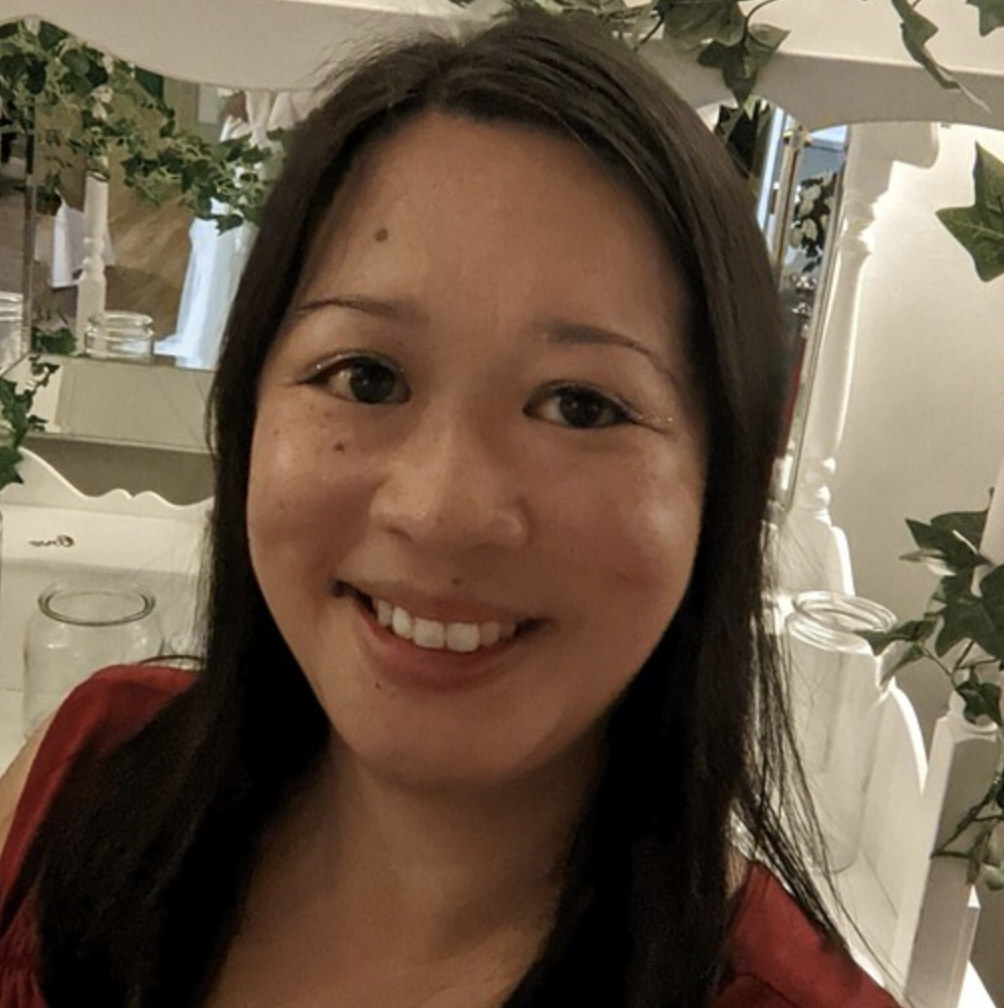Working collaboratively is great for delivering services and improving our design skills all at the same time. It promotes design innovation, efficiency and improved communication, and it fosters close working relationships.
As designers, we always collaborate with others from different user centred design disciplines. This lets us deliver services for our clients which meet the needs of the people who will use those services.
On a recent project, one of our Senior Content Designers, Jeremy, and I wanted to maximise our collaborative working by trying something new. It required a bit of creativity on our part, and the guts to convince the rest of the project team to let us take charge of the design approach.
In true collaborative style, we’ve co-written this blog post to explain how we did it.
Rubber ducking
We started by adapting a technique from software engineering known as rubber ducking.
This involves talking to an inanimate object to problem solve. You explain what you’re trying to achieve, how you have approached it and what you plan to do next. Talking through your work out loud like this means you’re likely to spot problems and opportunities more quickly.
In this case, Jeremy stood in for the rubber duck and I did the same for him. We talked through the work, and that flowed beautifully into iterating a set of designs together. It also gave us a built-in review process and made tracking our design-specific tasks much faster and more successful.
Paired design work
This led us to explore further opportunities for paired design work together.
We’d previously done tasks collaboratively by looking at the same artefacts, but not always at the same time, and leaving comments back and forth for each other on them. But now we carved out chunks of time every day so we could do ‘paired design’ together.
This scheduled paired design gave us a dedicated space in our day to be on open calls together while we worked on the same artefacts. We rubber ducked through the work as we went, which meant we were instantly available to hear each other’s questions and updates. Because we were already working on the same thing, there was no need for context switching.
Some days we talked through ideas and iterated together for the whole session. Other times we were just on the calls and did not speak much, but it was still good to have that shared focus time.
The dedicated focus time could not be superseded by other meetings, as we made clear to everyone on the team that it was essential paired working time.
Experiencing the benefits of paired design work
We knew this would save us lots of time in the long term because we wouldn’t trip over each other later, forget what needed to be done or duplicate work. Plus we weren’t blockers on progress updates from each other if one of us was unavailable.
There was a risk this would feel slow to the rest of the team, who understandably wanted to get to the outputs quickly, so we explained how important it was in the design process - an example of sometimes slowing down to speed up. We demonstrated that having a dedicated space and time for paired design would keep us focused and able to work much faster.
Our approach addressed the challenge of collaborating remotely, which was essential as we live at opposite ends of the country. Traditionally, this type of work involves being in the same physical space. This new way of working bridged the geographical gap and maintained the efficiency and quality of our teamwork, showing that physical distance is no longer a barrier to productive collaboration. We could maintain the collaborative spirit, share ideas instantly, communicate seamlessly and make real-time decisions, just as if we were sitting next to each other.
What we’ve learned
What we tried here, we adapted and iterated to find a method that let us collaborate better together. We’re now both applying what we learnt to other projects.
Our tips to get started:
-
find a way that works for you, the collaborators, and for the project you're on - it’s not a one size fits all
-
do not be afraid to try something new
-
do not be afraid to adapt as you go
-
collaborate - any collaboration is better than no collaboration when working with other designers
We hope this has given some helpful insights into how we’ve collaborated and evolved our ways of working as well as some motivation to try out new approaches and ideas yourself.
Our recent design blog posts
Transformation is for everyone. We love sharing our thoughts, approaches, learning and research all gained from the work we do.
-
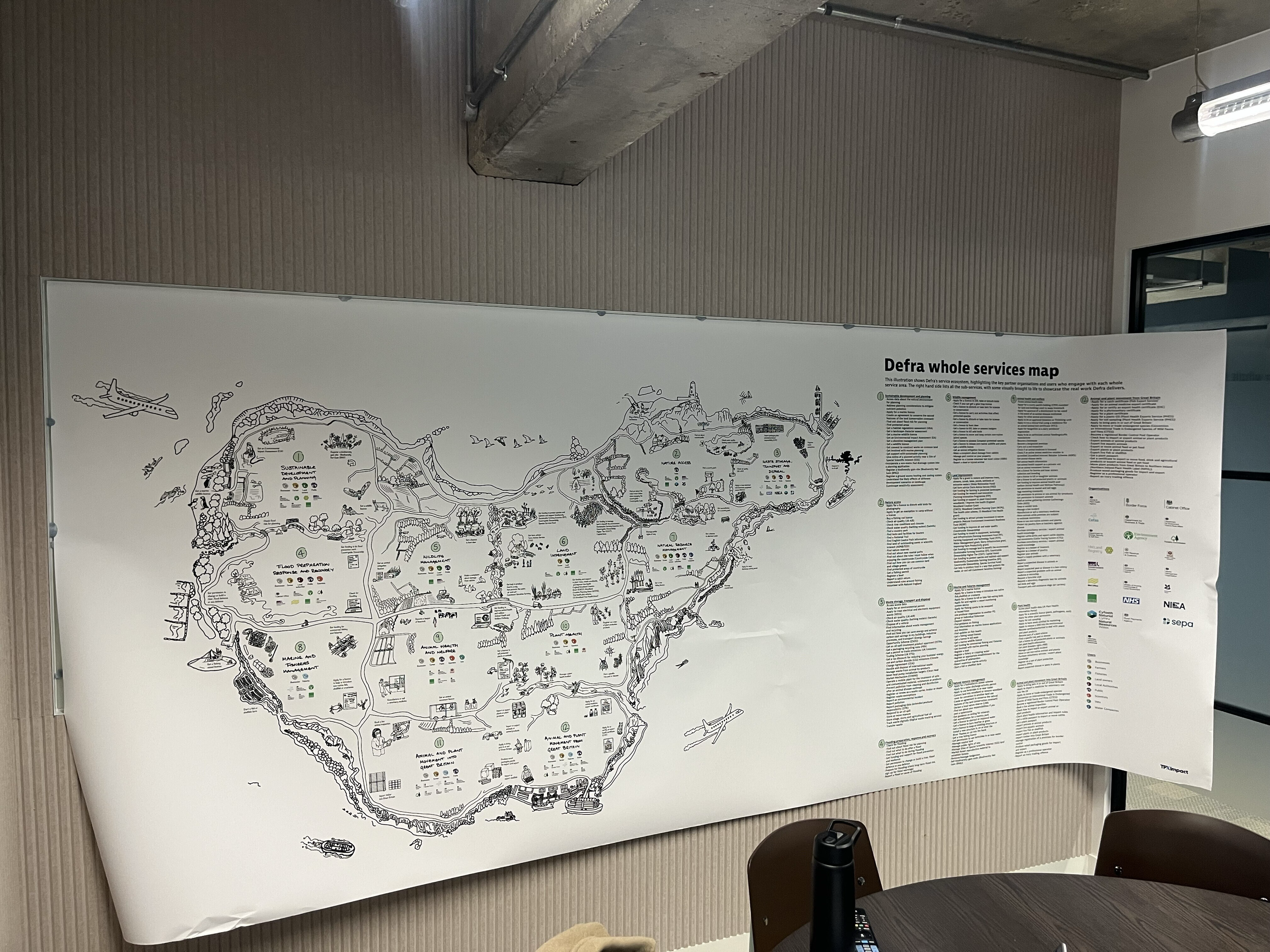
Beyond a blueprint: Visualising whole service areas
Read blog post -
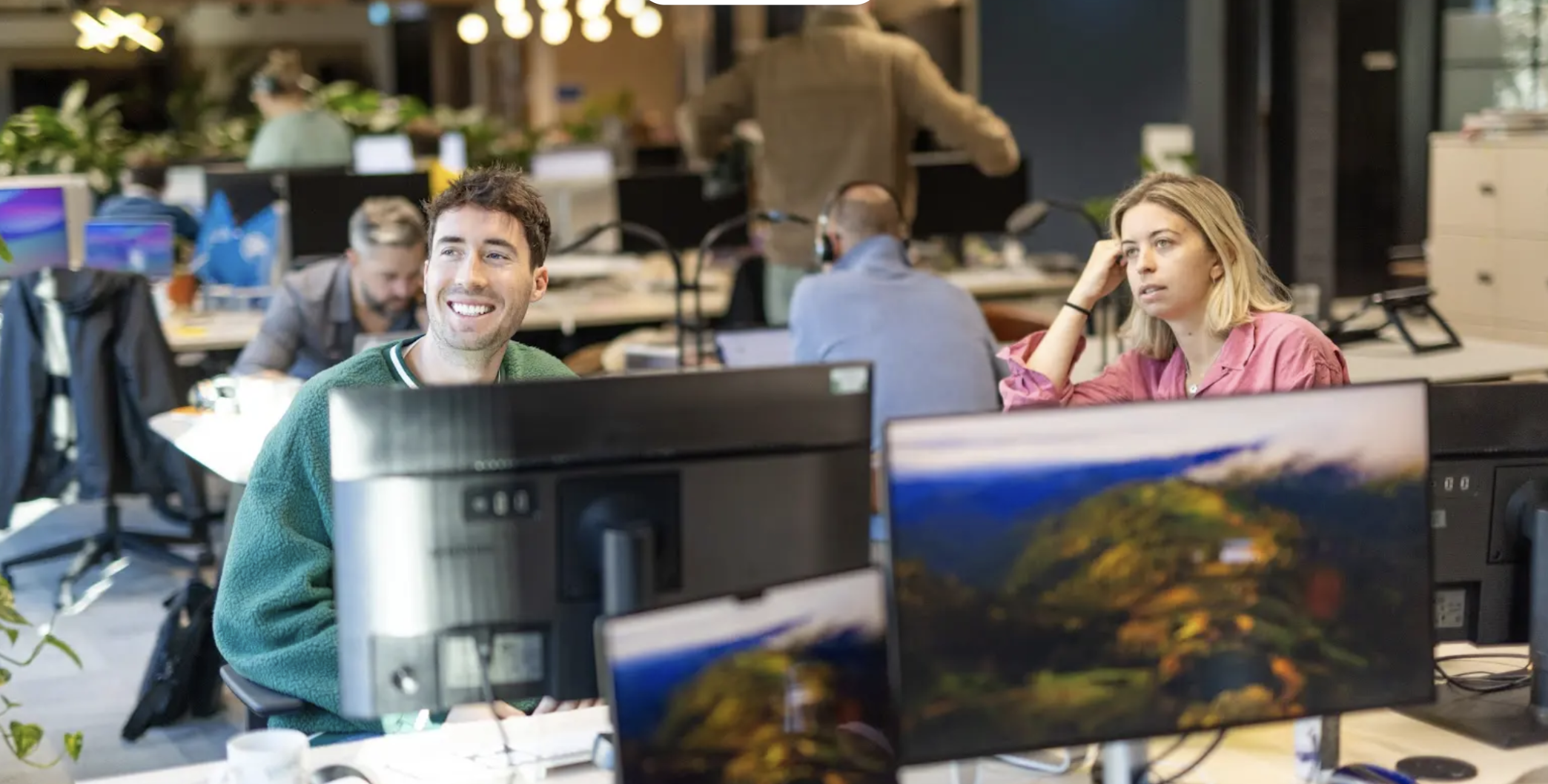
Supporting build phases of work with service design
Read blog post -
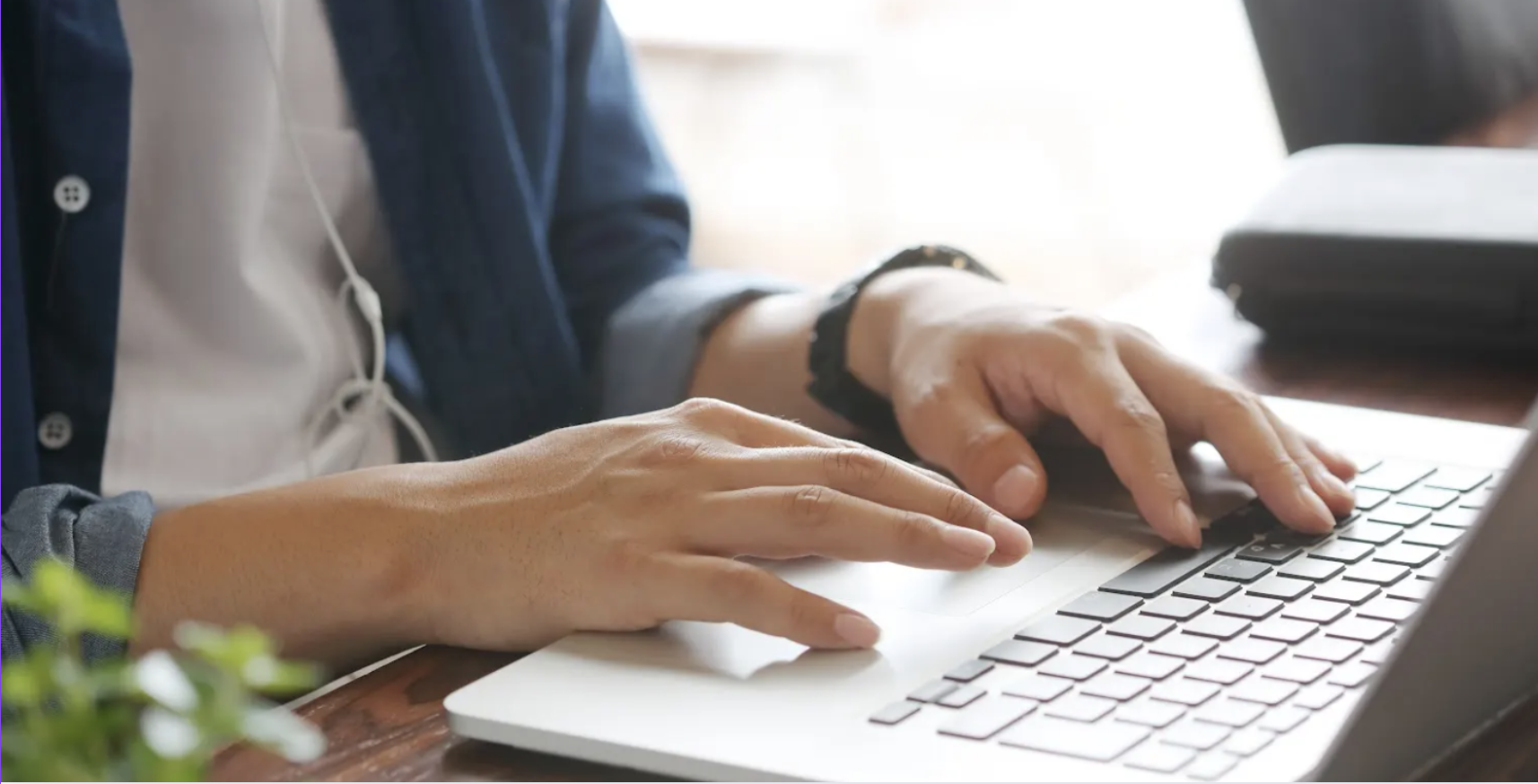
Reflections and learnings from Green IO London
Read blog post -

User needs for data standards
Read blog post
